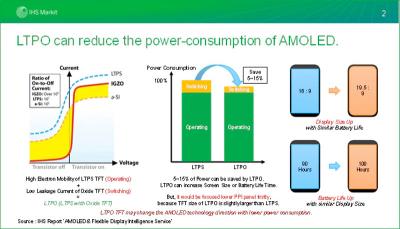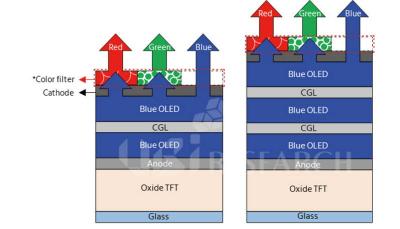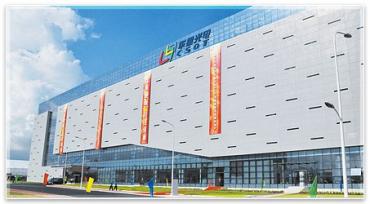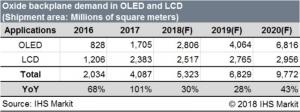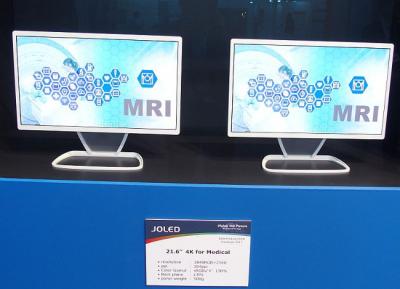Here are JOLED's new OLED display prototypes
Japan-based printed OLED developer JOLED demonstrated several new OLED displays at Finetech Japan last week. We already posted on these new OLEDs, and now we have photos of the new panels.
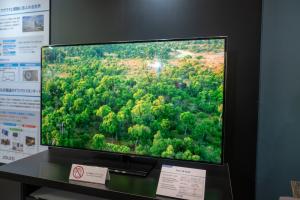
So first up is JOLED's first OLED TV panel. The 55" 4K (3840x2160, 80 PPI) panel offers a 120Hz refresh rate and a color gamut of 100% DCI (135% sRGB) and is printed on JOLED's Transparent Amorphous Oxide Semiconductor (TAOS) backplane.



